
15 best Purple Heart Wood Projects images on Pinterest Woodworking
The purple colour of the heartwood is the result of extractives the tree deposits in the heartwood as it grows. These chemicals, while appealing to woodworkers, serve to make the heart resistant to insect and fungal attack.

Pin on Purple heart wood
Purpleheart wood, often referred to as amaranth, violet wood, amendoim, peltogyne, and other names, grows throughout Central and South America, primarily in the Amazon Basin. Its prized for its unusual hue, which starts off as a medium brown color with faint purple accents, but deepens to an intense eggplant purple over time.

Purple Heart Silver Live Edge Charcuterie Board
What is the Wood Used for? Is Purple Heart Wood Toxic? Why is Purpleheart Wood Expensive? Purpleheart Trees Purpleheart wood comes from the purpleheart tree, which is a part of the Peltogyne genus consisting of 23 different species of big trees that are a part of the Fabaceae family.

purple heart wood Google Search Woodworking In An Apartment, Cool
Purple heart wood is a hardwood species from a deciduous tree (i.e., one that sheds its leaves every autumn), also known as Amaranth, Roxinho, or Violetta. It is native to Central and South America and commonly found in Mexico down to southern Brazil. Purple heart wood is popular in woodworking and is used for a variety of wood projects.

Coeurs pourpres, Plancher bois, Parqueterie
Renowned as a honey nectar tree, leatherwood is an understorey tree in the wet Tasmanian rainforests and mixed forests where it accounts for almost 70% of all honey produced.. Purple-heart logs feature the most figured wood and resemble black-heart sassafras. The heartwood is pinkish brown with a fine uniform texture while the sapwood.
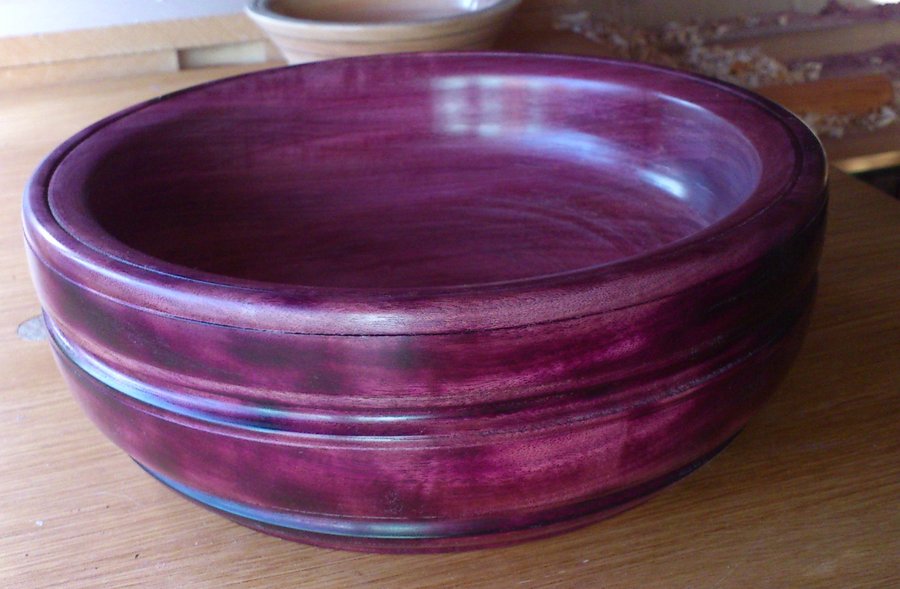
Purpleheart Wood Lumber information by FLORIDA TEAK
Uses: The Purple heart wood is used in inlays/accent pieces, flooring, furniture, boatbuilding, heavy construction, and a variety of specialty wood items. Sometimes called Amaranth, this colorful Latin American hardwood is tremendously popular for furniture and other designs that call for a touch of royalty.
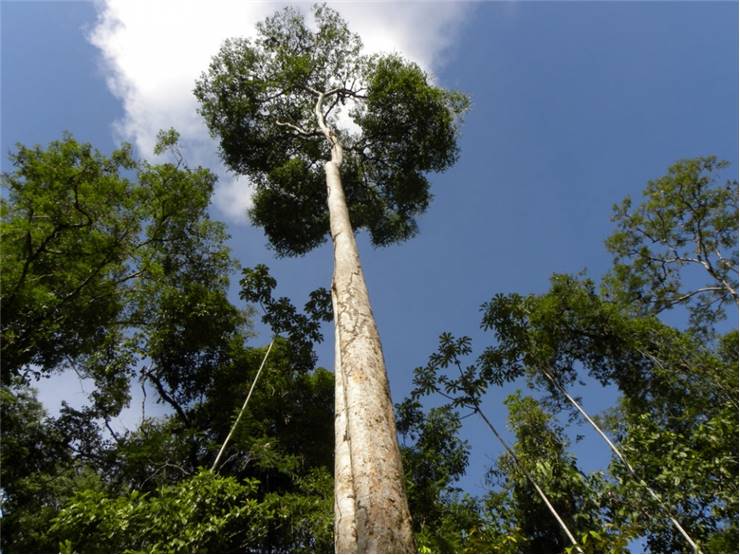
Purple Heart Tree
The trees are most commonly found in the Amazon Basin. Characteristics of Tree: The trees attain heights of 100 to 150 feet and diameters of 18 to 36 inches. Characteristics of Wood: Purpleheart starts out with a heartwood that is brown, but it changes to a vivid purple color. Color variation between pieces of wood can be high.
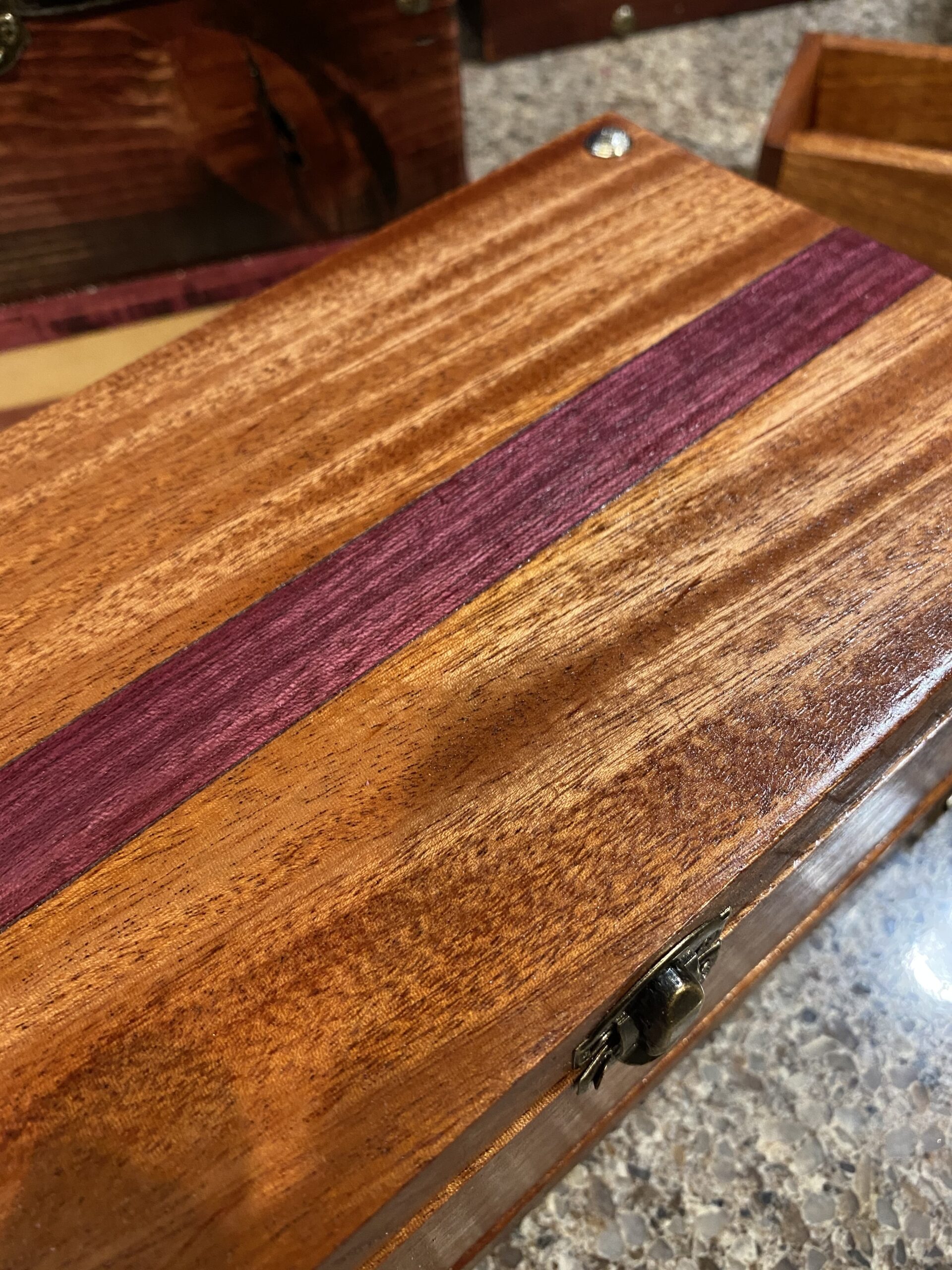
Purpleheart The Wood Database Lumber Identification (Hardwood)
Purple heart wood is most recognizable by its distinctly rich, deep purple color. But, there are other interesting characteristics that make purple heart wood a great choice for a variety of construction and creative projects. The notable characteristics of purple heart wood are: Its deep, rich purple, reddish color. A hardness score of 1860.
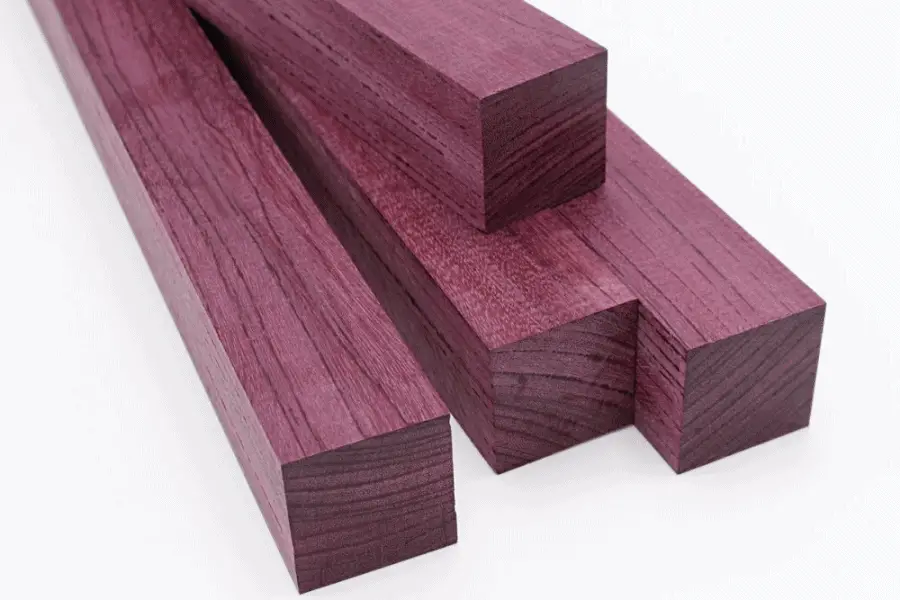
Purple Heart Wood Explained. All Questions Answered. Top Woodworking
This tree gives a variety of options. They can bare fruit, they have beautiful flowers to display, and the timber is tough to craft but not impossible. Purple Heart is one of the more formidable hardwood species. It is a durable and stable form of wood.

Purpleheart wood??
Peltogyne purpurea is native to the Pacific coast of Costa Rica and Panama, and also the Atlantic coast of Colombia. [3] [4] It is a common canopy tree in rainforests 50-500 meters above sea level at sites with more than 2500 mm (98.5 in) rainfall per year and temperatures from 23 to 27 °C or 73 to 80 °F. It occupies sites with well-drained.

Purpleheart Wood Lumber information by FLORIDA TEAK
Purpleheart is an incredibly strong and durable type of wood, originating from the Peltogyne genus of 23 species of large trees that can be found growing natively on the territory between Mexico and Brazil. It is best known for its amazing grain pattern and unique color that can rarely be found in other wood types.

Pin on Home sweet home
Discover a world of convenience with our Clearance. Best sellers up to 90% off. Come and check everything at a surprisingly low price, you'd never want to miss it.

A question regarding purple wood. in 2022 Purple heart wood, Wood
Peltogyne, commonly known as purpleheart, violet wood, amaranth and other local names (often referencing the colour of the wood) is a genus of 23 species of flowering plants in the family Fabaceae; native to tropical rainforests of Central and South America; from Guerrero, Mexico, through Central America, and as far as south-eastern Brazil. [2]
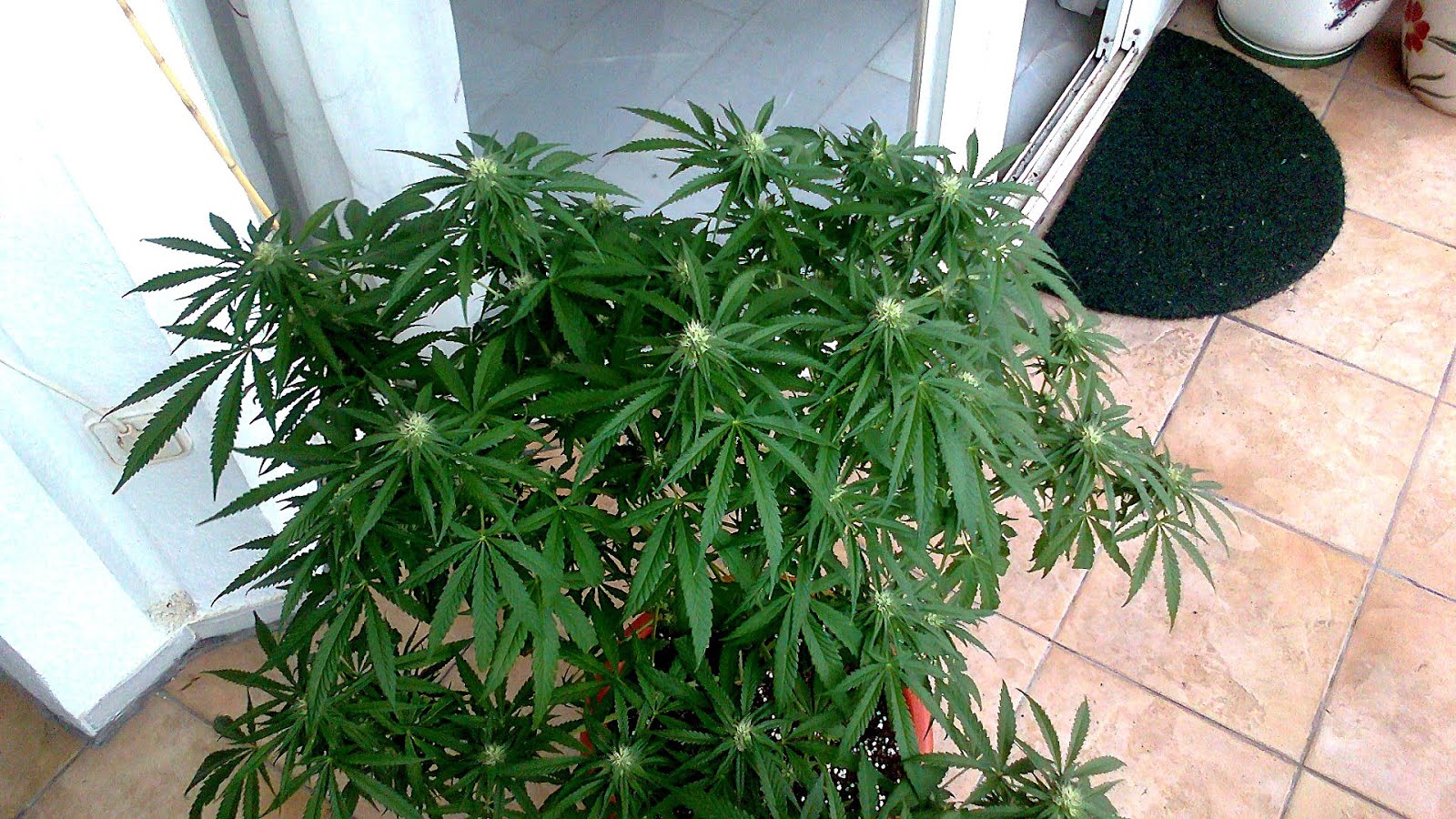
Purple Heart Tree Seeds Hear Choices
Purpleheart wood is commonly used to manufacture durable furniture, paneling, and flooring. It's also used for structural elements such as columns, arches, industrial flooring, heavy construction, and even in boat manufacturing. Purpleheart is a highly in-demand wood, even though it remains costly, with prices rising constantly.

Avalonia eTrails America the Beautiful
Tree Size: 100-170 ft (30-50 m) tall, 3-5 ft (1-1.5 m) trunk diameter Average Dried Weight: 56.4 lbs/ft 3 (905 kg/m3) Specific Gravity (Basic, 12% MC): 0.76, 0.9 Janka Hardness: 2,520 lb f (11,190 N) Modulus of Rupture: 22,000 lb f /in 2 (151.7 MPa) Elastic Modulus: 2,937,000 lb f /in 2 (20.26 GPa) Crushing Strength: 12,140 lb f /in 2 (83.7 MPa)
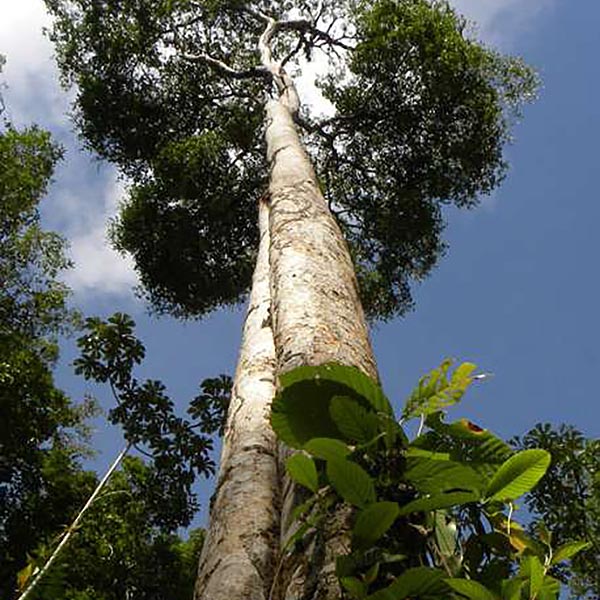
Purpleheart Lumber Deck
Purple Heart Size of tree and type of forest/location: Medium sized hardwoods of the northern part of South America Description of wood: Heartwood brown when freshly cut but rapidly changing to a purple colour. Sapwood grey. Texture medium and even. Grain variable. Dry density kg/m3: 880 Workability: Not easy to work. Needs pre-boring for nails.